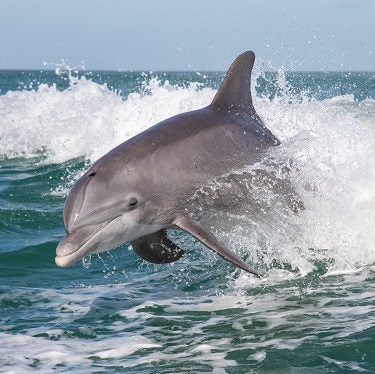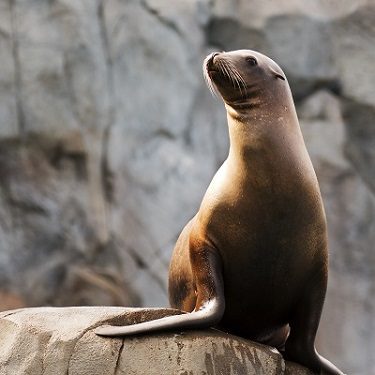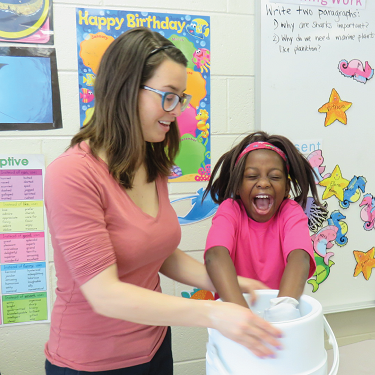Marine Life Encyclopedia
Seabirds
Laysan Albatross
Phoebastria Immutabilis
Distribution
Tropical to sub-polar latitudes of the north Pacific Ocean
eCOSYSTEM/HABITAT
Nest along coasts; feed in coastal to open ocean (pelagic) waters
FEEDING HABITS
Active predator
TAXONOMY
Order Procellariiformes (albatrosses, petrels, and relatives), Family Diomedeidae (albatrosses)
As in all seabirds, Laysan albatrosses nest on land. Essentially all individuals of this species nest in large colonies of thousands of breeding pairs in the Northwest Hawaiian Islands, though previously unknown colonies have recently been observed on small islands off the coasts of Mexico and Japan. These birds form strong pair bonds and generally mate for life, with only a small percentage of cheating. Most birds return to breed as part of the colonies where they hatched. Laysan albatrosses breed every year or every other year, starting when they are 8 or 9 years old. Incubating the egg and caring for the chick require a significant commitment of time (at least 225 days), so these birds spend much of the year travelling back and forth between their nesting sites and feeding trips, often leaving the chick unattended. After the chick leaves the colony, it does not return for 3 or 4 years, spending that time growing and feeding across the north Pacific. Even when it returns, it does not mate for several years and instead spends time cultivating a pair bond. The sex ratio of these birds can be quite skewed, with significantly more females. In those instances, females may form same sex bonds and successfully raise chicks fathered by males that have cheated on their own mates.
When feeding, Laysan albatrosses range across most of the north Pacific Ocean. They primarily eat pelagic squids but also take fishes and other pelagic invertebrates. Adult Laysan albatrosses have no natural predators, but invasive cats and dogs kill both juveniles and adults in nesting colonies. Historically, hunting reduced population size in some places, and accidental capture in fisheries targeting pelagic squids and fishes continues to threaten these birds. As a result, scientists consider the species to be near threatened with extinction.
Engage Youth with Sailors for the Sea
Oceana joined forces with Sailors for the Sea, an ocean conservation organization dedicated to educating and engaging the world’s boating community. Sailors for the Sea developed the KELP (Kids Environmental Lesson Plans) program to create the next generation of ocean stewards. Click here or below to download hands-on marine science activities for kids.
Additional Resources:
Get Involved

Donate Today
SUPPORT OUR WORK TO PROTECT THE OCEANS BY GIVING TODAY
With the support of more than 1 million activists like you, we have already protected nearly 4 million square miles of ocean.

TAKE ACTION NOW
Support policy change for the oceans
Decision-makers need to hear from ocean lovers like you. Make your voice heard!

VISIT OUR ADOPTION CENTER
SYMBOLICALLY ADOPT AN ANIMAL TODAY
Visit our online store to see all the ocean animals you can symbolically adopt, either for yourself or as a gift for someone else.

DOWNLOAD OCEAN ACTIVITIES
HELP KIDS DISCOVER OUR BLUE PLANET
Our free KELP (Kids Environmental Lesson Plans) empower children to learn about and protect our oceans!




